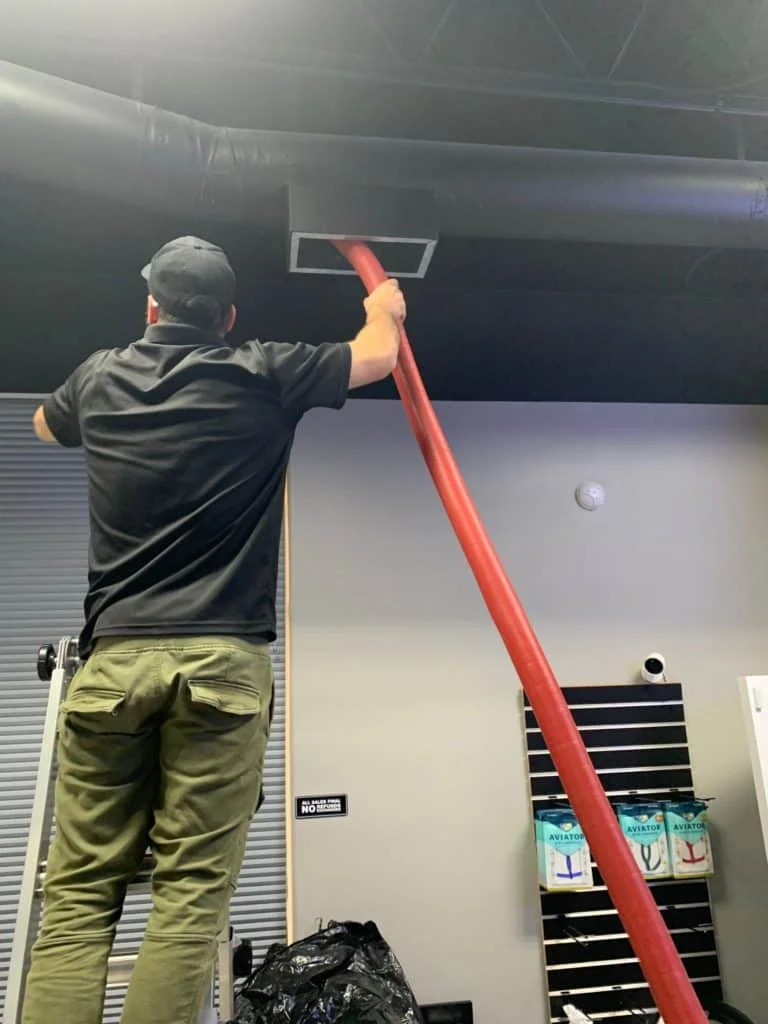What images come to mind when we see a lawn that has been well cared for? Naturally, verdant, lush grass with neatly defined borders. However, have you ever thought about the significant impact that landscape design has on the effectiveness of lawn care? With well-planned landscaping, keeping a lawn is not only easier, but also more productive. To make lawn maintenance more efficient, let’s look at how hardscape and landscape design components interact with one another.
The Importance of Hardscaping for Lawn Care
Pathways, patios, and stone features are all examples of hardscape design, which encompasses non-living components and has a multipurpose use beyond just aesthetics. It has the potential to greatly lessen the frequency and severity of lawn care chores. Think of a yard that has a strategically placed stone walkway. In addition to breaking up the landscape, this walkway reduces the amount of grass that requires watering and mowing on a regular basis. It also helps to define the area, which makes the neighboring grass easier to care for.
Minimizing Water Waste with Intelligent Landscape Design
One of the most labor-intensive parts of lawn care is watering the grass. This effort, however, becomes far more manageable with a well-planned landscape. A rain garden, for example, has the potential to completely alter the playing field. Planting native grasses and plants in a small dip creates a rain garden. Rainwater discharge from hard surfaces like driveways and roofs can be collected by its specially engineered structure. You may make a self-sufficient space that needs little to no watering by rerouting water into these gardens, which also helps to decrease water waste.
Minimizing Lawn Area for Convenient Upkeep
Reducing the amount of the lawn is another successful method in landscape design. With a smaller lawn, you won’t need to water, fertilize, or mow as often. This in no way implies compromising on aesthetics. Rather, it’s about incorporating ornamental plantings, shrubs, or even vegetable gardens into the space formerly occupied by your lawn. Planting perennials in place of a patch of grass is an option to consider. Replanting annuals is an expensive and time-consuming chore, but annuals die out after a certain point, so perennials are a better long-term investment.
Improving the Health of Your Lawn with Strategic Plant Location
Your lawn’s vitality is greatly affected by how you arrange trees, shrubs, and plants in your garden. You can make sure your lawn gets just the perfect amount of sun and shade by placing it correctly. For instance, one way to decrease soil water evaporation is to grow shade-loving plants under big trees. This will produce a cooler climate. A healthier grass and fewer irrigation needed are the results.
In summary
Improving the efficacy of lawn maintenance is another goal of landscape design in addition to making a visually appealing yard. Minimizing the amount of time and energy spent on lawn maintenance is possible through the strategic placement of plants, the incorporation of hardscape components, the optimization of water usage, the reduction of lawn size, and the creation of natural barriers. Lawn care becomes more of a pleasure when the landscaping is thoughtfully planned to complement nature. A well-planned landscape can reduce your workload and improve the health of your grass, so keep that in mind the next time you plan your lawn maintenance.




